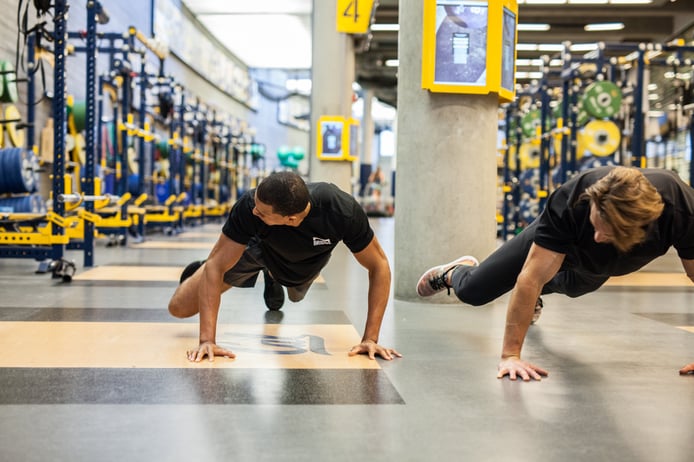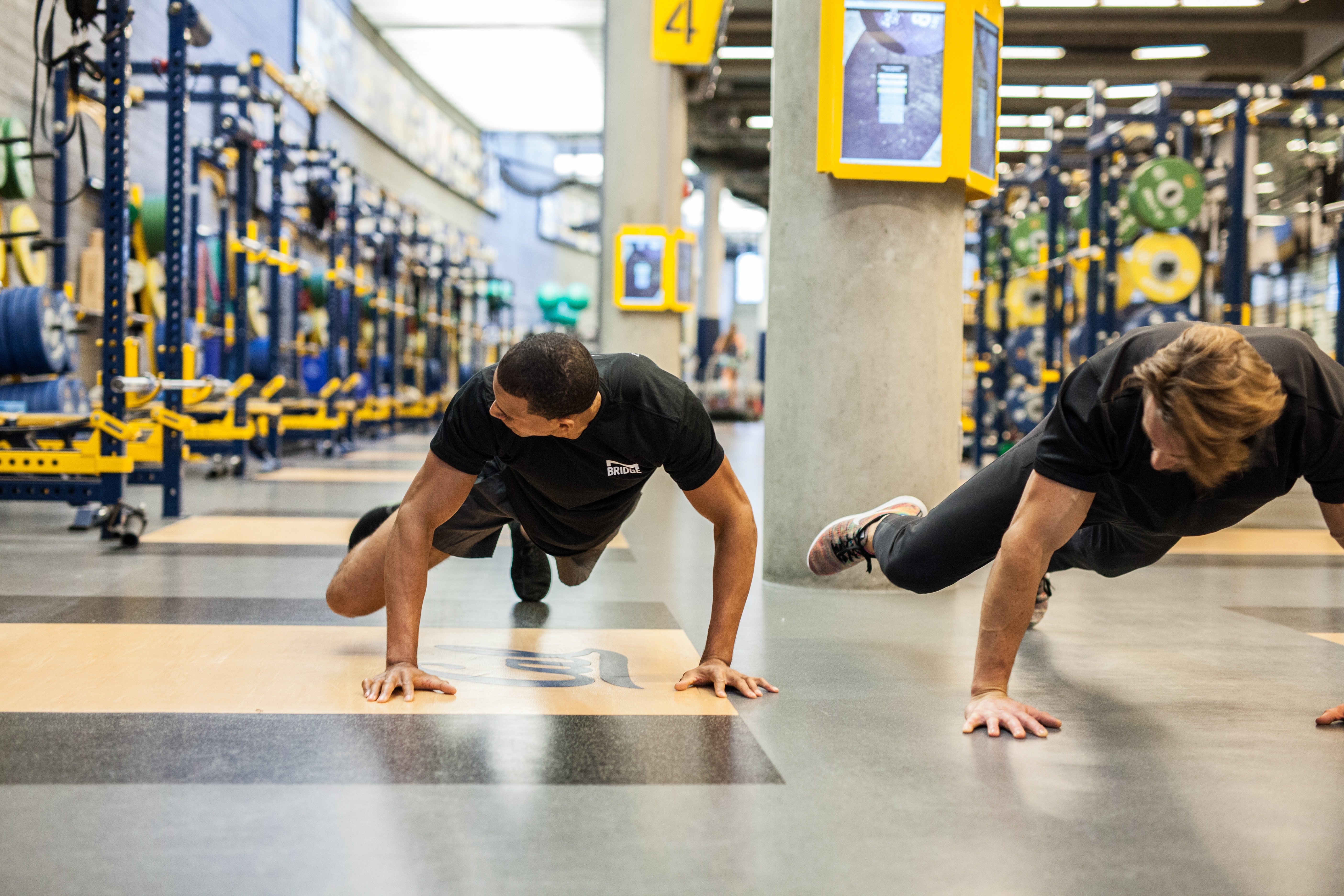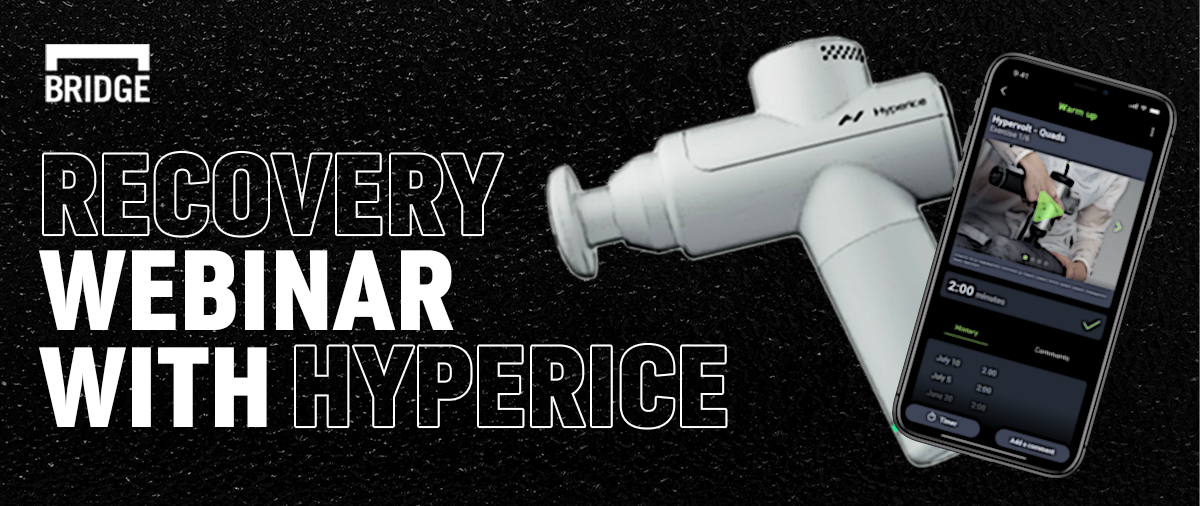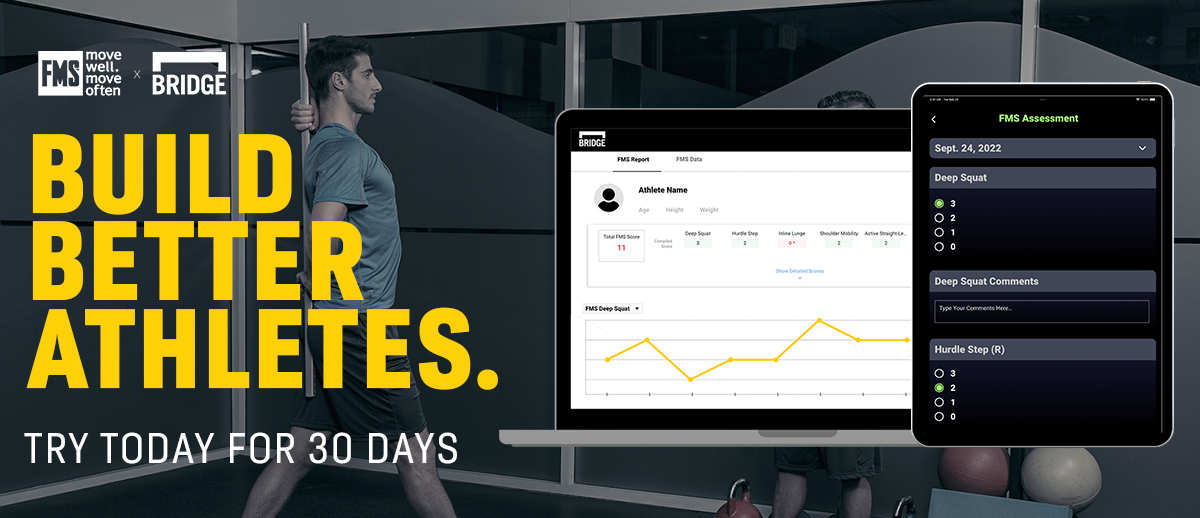Designing a Strength Program: Importance of Hip Mobility

Hip mobility is very important for all athletes, especially for players that spend a significant amount of time sitting when they aren’t training or competing. Whether athletes are working 8-hour days at a desk, or spending hours in the classroom, sitting shortens the hip-flexors and weakens the glute muscles which negatively impacts hip mobility and player performance. It is important for coaches to design a strength program that includes hip mobility exercises and stretches in order to offset tight muscles from hours of sitting.
Hip Mobility and Athletic Performance
The hip joint is anatomically complex and contains over 15 muscles that work together to give the hip a full range of motion. Hip flexibility and mobility allow athletes to become more powerful and perform athletic movements efficiently. From powerful dives off the blocks in swimming to jumping over hurdles with greater ease at a track meet, hip mobility enhances athletic performance. Having tight hip muscles can impede an athlete's full range of motion. Lack of hip mobility also causes athletes to execute lifting exercises incorrectly and put a strain on their back muscles. These muscles are susceptible to injury, especially when lifting heavy loads. Thus, improving hip mobility will not only increase athletic performance but can also help prevent lower back pain or injury and boost explosive movements.
Improving Hip Mobility
Coaches should implement a few hip mobility stretches and exercises when designing a strength program. Foam rolling hip flexors and other leg muscles is a simple and easy way for athletes to release tension and encourage hip mobility.
Here are a series of exercises to incorporate when designing a strength program that will enhance flexibility and hip mobility for athletes:
Scorpion Stretch
Hip Flexor Stretch
Burpee Spider Pushup
Walking Spiderman
Lateral Squat
Recap
Sitting for lengthy periods of time contributes to a lack of hip mobility due to tight hip muscles, especially the hip-flexors. Designing a strength program with simple hip mobility stretches and exercises such as foam rolling or the scorpion stretch are great ways to release this tension. Working hard in the weight room and spending extra time enhancing hip mobility will optimize athletic performance. To learn more about designing a strength program that is sport-specific and periodized check out this article.
About the Author

At Bridge, we are all athletes and coaches first. As athletes, our team has experienced everything from riding the pine on JV, to winning NCAA championships, to competing in the Olympic Games. As coaches, we have helped countless athletes reach their full potential, winning everything from age group section championships to Olympic Gold Medals.
Related Posts

The Best Bench Press Variation You’re...
This post is part of our Coaches Corner series with Taylor Rimmer. Taylor is NSCA-CPT, StrongFirst...

Does Powerlifting Harm Heart Health?
A recent study has discovered that a 12-week supervised strength training program (SSTP) may result...
-1.png)
Barefoot Running: Is It For You? |...
Run Free: Consider Less Cushion
Updated October 2020:
With more athletes looking for ways to...



